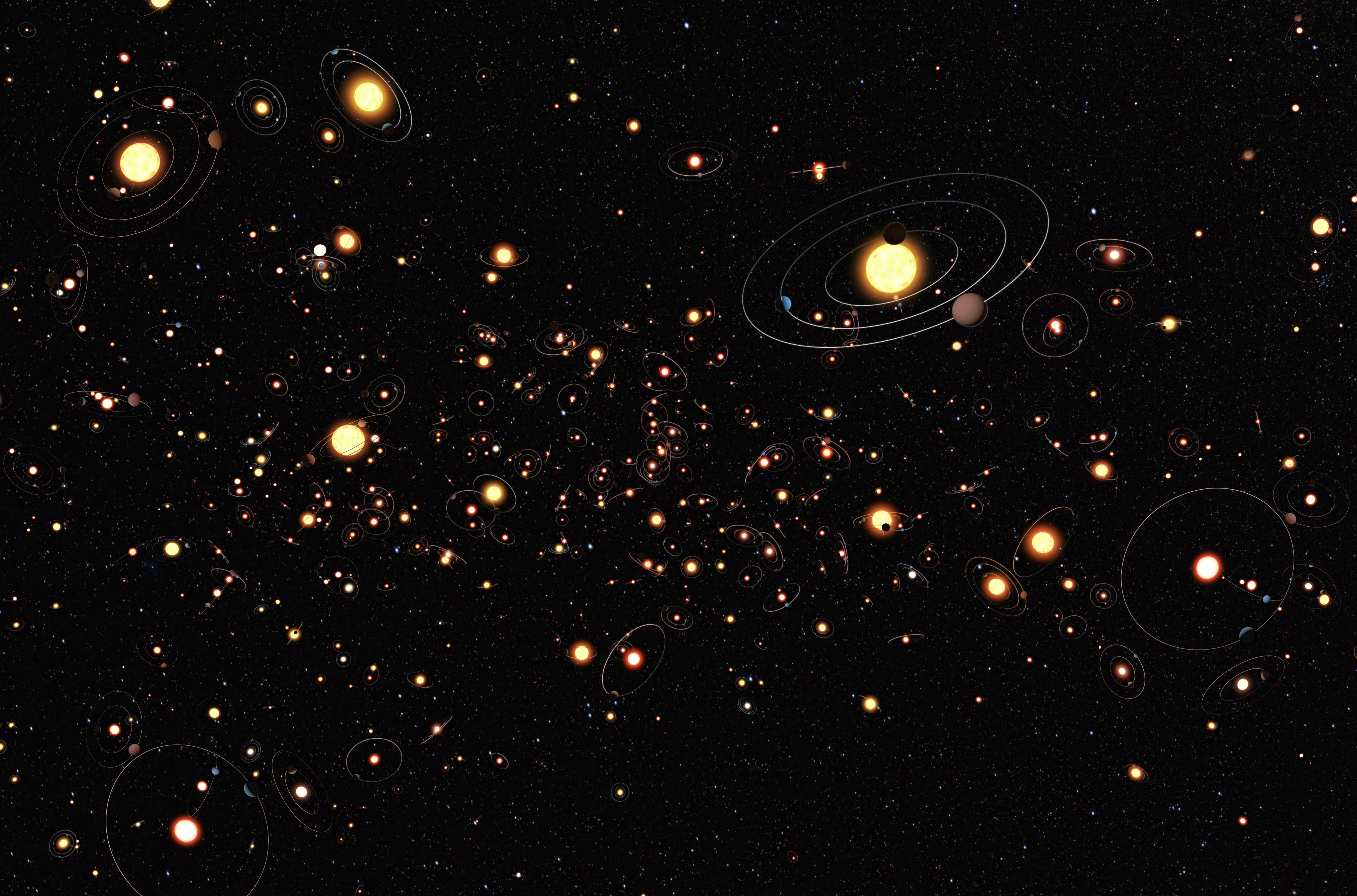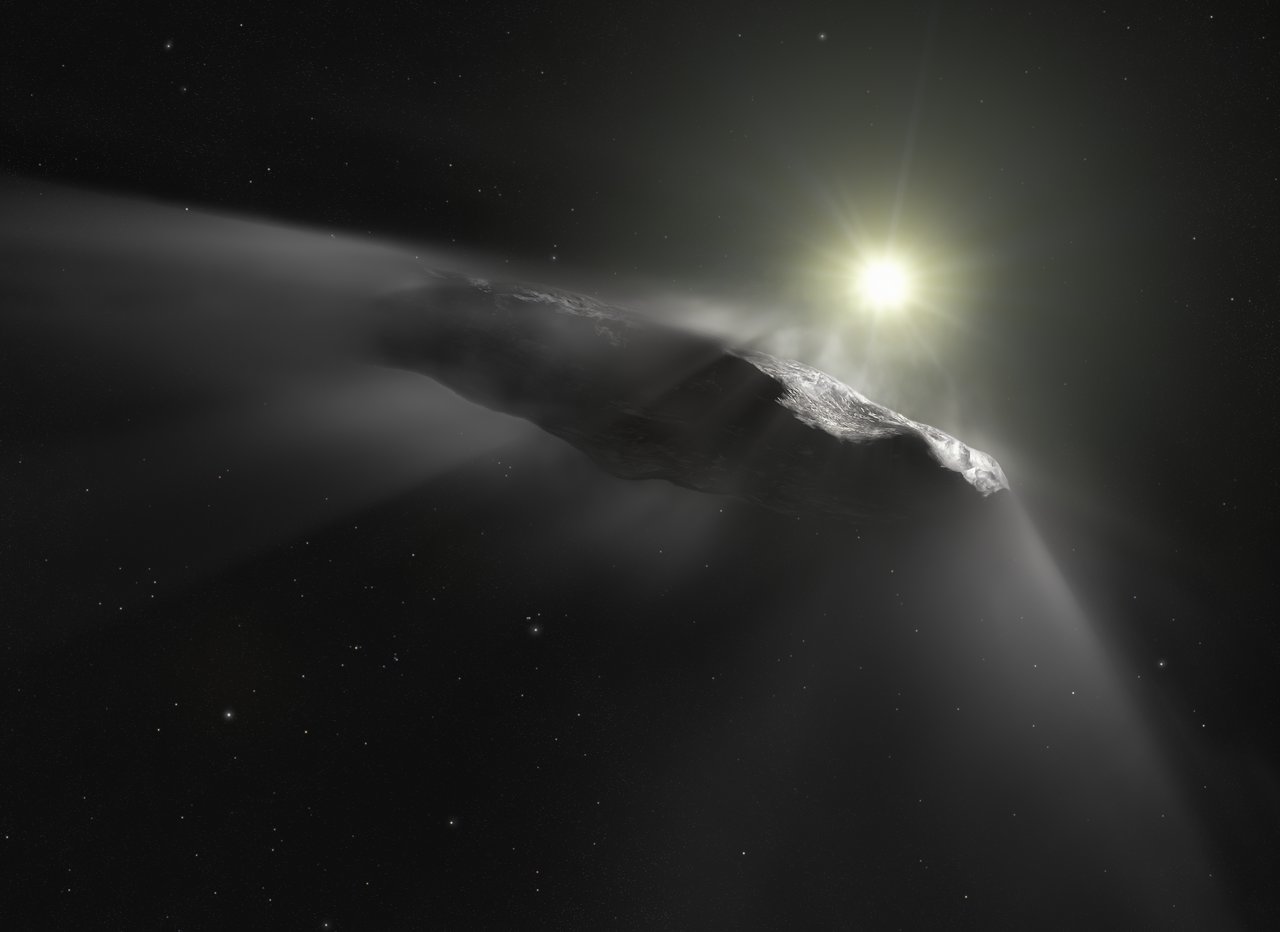I’ve been an avid stargazer for a fair few decades now and not once have I seen anything that makes me believe we are being visited by aliens! My own experiences aside, there’s no evidence of alien visitations but it seems much of the population believes anything that they cannot immediately identify in the sky MUST be ailens. A new paper suggests there are costs associated with increasing claims such as disctractions to government programs and background noise that hampers science communication. How on Earth should we deal with it? If debunking doesn’t work, then maybe its time for a scientific investigation.
Continue reading “Are Claims of Alien Visitation Causing a Problem to Society?”NASA Uses Powerful Transmitters to Talk to Deep Space Spacecraft. Will Other Civilizations Receive Those Signals?
In a recent study submitted to the Publications of the Astronomical Society of the Pacific, a pair of researchers from the University of California, Los Angeles (UCLA) and the University of California, Berkeley (UC Berkeley) examine the likelihood of extraterrestrial intelligent civilizations intercepting outward transmissions from NASA’s Deep Space Network (DSN) that are aimed at five deep space spacecraft: Voyager 1, Voyager 2, Pioneer 10, Pioneer 11, and New Horizons. Members of the public are free to track such transmissions at DSN Now, which displays real-time data of outgoing and incoming transmissions to all spacecraft at various times.
Continue reading “NASA Uses Powerful Transmitters to Talk to Deep Space Spacecraft. Will Other Civilizations Receive Those Signals?”How Many Intergalactic Radio Stations Are Out There?
It has been over sixty years since Dr. Frank Drake (father of the Drake Equation) and his colleagues mounted the first Search for Extraterrestrial Intelligence (SETI) survey. This was known as Project Ozma, which relied on the “Big Ear” radio telescope at the National Radio Astronomy Observatory (NRAO) in Greenbank, West Virginia, to look for signs of radio transmissions in Tau Ceti and Epsilon Eridani. Despite the many surveys conducted since then, no definitive evidence of technological activity (i.e., “technosignatures”) has been found.
This naturally raises the all-important question: are we going about the business of SETI wrong? Instead of looking for technosignatures within our galaxy, as all previous SETI surveys have done, should we look for activity beyond our galaxy (from possible Type II and Type III civilizations)? This premise was explored in a recent paper led by researchers from the National Chung Hsing University in Taiwan. Using data from the largest SETI project to date, Breakthrough Listen, the team looked for potential radio technosignatures from extragalactic sources.
Continue reading “How Many Intergalactic Radio Stations Are Out There?”Snooping on Alien Messages Passing Through the Solar System
Researchers at Penn State University have studied a new technique that could use a star’s ability to focus and magnify communications which could be passing through our own solar system, and has been accepted for publication in The Astronomical Journal and was part of a graduate course at Penn State covering the Search for Extraterrestrial Intelligence (SETI. The study describes our Sun as potentially acting as a kind of node as part of an interstellar communication network involving probes or relays near our Sun, acting like cellular telephone towers in space.
Continue reading “Snooping on Alien Messages Passing Through the Solar System”Maybe We Don’t Hear From Aliens Because They Choose To Go Silent
How will humanity meet its end?
That’s only a depressing question if you think that humanity will go on forever. Alas, nothing lasts forever, and if something could last forever, it probably wouldn’t be our struggling primate species.
But we’ll likely be around for a while yet, pondering things as we do. One of the things we love to ponder is: why don’t we hear from any other alien civilizations?
Continue reading “Maybe We Don’t Hear From Aliens Because They Choose To Go Silent”Humanity Will Need to Survive About 400,000 Years if We Want any Chance of Hearing From an Alien Civilization

If there are so many galaxies, stars, and planets, where are all the aliens, and why haven’t we heard from them? Those are the simple questions at the heart of the Fermi Paradox. In a new paper, a pair of researchers ask the next obvious question: how long will we have to survive to hear from another alien civilization?
Their answer? 400,000 years.
Continue reading “Humanity Will Need to Survive About 400,000 Years if We Want any Chance of Hearing From an Alien Civilization”What is the Kardashev Scale?
Are we alone in the Universe? Could there be countless sentient life forms out there just waiting to be found? Will we meet them someday and be able to exchange knowledge? Will we even recognize them as intelligent life forms if/when we meet them, and them us? When it comes to astrobiology, the search for life in the Universe, we don’t know what to expect. Hence why all the speculation and theoretical studies into these questions are so rich and varied!
One such study was conducted by famed Soviet and Russian astrophysicist and radio astronomer Nikolai Kardashev (1932 – 2019). While considering an important question related to the Search for Extraterrestrial Intelligence (SETI) in 1964, Kardashev proposed a classification scheme for ranking a civilization’s development. This would come to be known as the Kardashev Scale, which remains one of the most influential concepts in SETI to this day.
Continue reading “What is the Kardashev Scale?”If Aliens Are Out There, We’ll Meet Them in a Few Hundred Million Years

Seventy years ago, Italian-American nuclear physicist Enrico Fermi asked his colleagues a question during a lunchtime conversation. If life is common in our Universe, why can’t we see any evidence of its activity out there (aka. “where is everybody?”) Seventy years later, this question has launched just as many proposed resolutions as to how extraterrestrial intelligence (ETIs) could be common, yet go unnoticed by our instruments.
Some possibilities that have been considered are that humanity might be alone in the Universe, early to the party, or is not in a position to notice any yet. But in a recent study, Robin Hanson (creator of the Great Filter) and an interdisciplinary team offer a new model for determining when the aliens will get here. According to their study, humanity is early to the Universe and will meet others in 200 million to 2 billion years from now.
Continue reading “If Aliens Are Out There, We’ll Meet Them in a Few Hundred Million Years”Oumuamua Isn’t an Alien Probe, Because Aliens can Learn Everything They Need About us With Telescopes

In the Fall of 2017, the first known interstellar object passed through the Solar System, triggering a revolution in astronomy. Because of the amonolous nature of the object, astronomers from all over the world were at a loss to explain what it was. Neither comet, nor asteroid, nor any other conventional object appeared to fit the bill, leading to all kinds of “exotic” explanations.
A particularly exotic explanation was offered by Harvard Professor Avi Loeb and his former postdoc (Dr. Shmuel Bialy), who hypothesized that ‘Oumuamua could have been an extraterrestrial lightsail. Whereas most rebuttal papers questioned the evidence presented, a new study by astrophysicist and UCLA emeritus professor Ben Zuckerman questioned something else: why would an extraterrestrial civilization want to send a probe our way?
Continue reading “Oumuamua Isn’t an Alien Probe, Because Aliens can Learn Everything They Need About us With Telescopes”The First Civilization We Contact Will Have Been Around Much Longer Than Humanity
Recently at UT, author Matt Williams has been writing a series called “Beyond Fermi’s Paradox”, which takes a look at possible resolutions to one of the most famous questions in science: “Where is everybody?” As Matt discusses, there are multiple hypothetical solutions, but there may eventually come a day when we can definitively answer it.
Consideration of that day opens up a whole host of new questions, not the least of which is what will an intelligent civilization we find be like? Carl Sagan popularized the notion that it is very unlikely that any extraterrestrial civilization would be equivalent to ours in terms of technological progress. What he did not address was the relative age of the civilization and what that might mean in terms of their interest in communicating with us. Now a team of astronomers have come up with an answer to that question using one of the most underappreciated mathematical tools: statistics. Their model provides a simple answer: any intelligent civilization is likely older than us, and potentially much older.
Continue reading “The First Civilization We Contact Will Have Been Around Much Longer Than Humanity”






